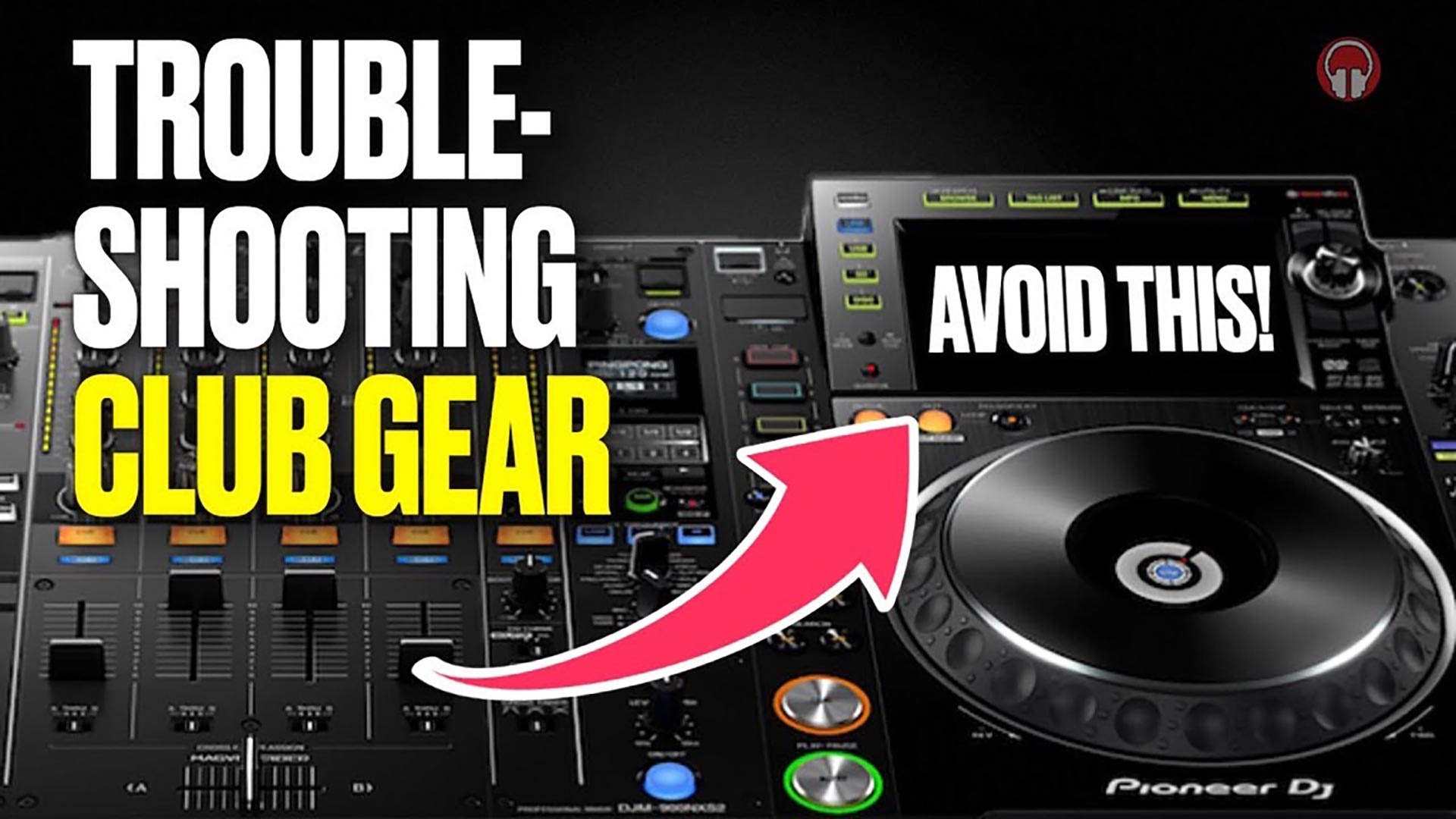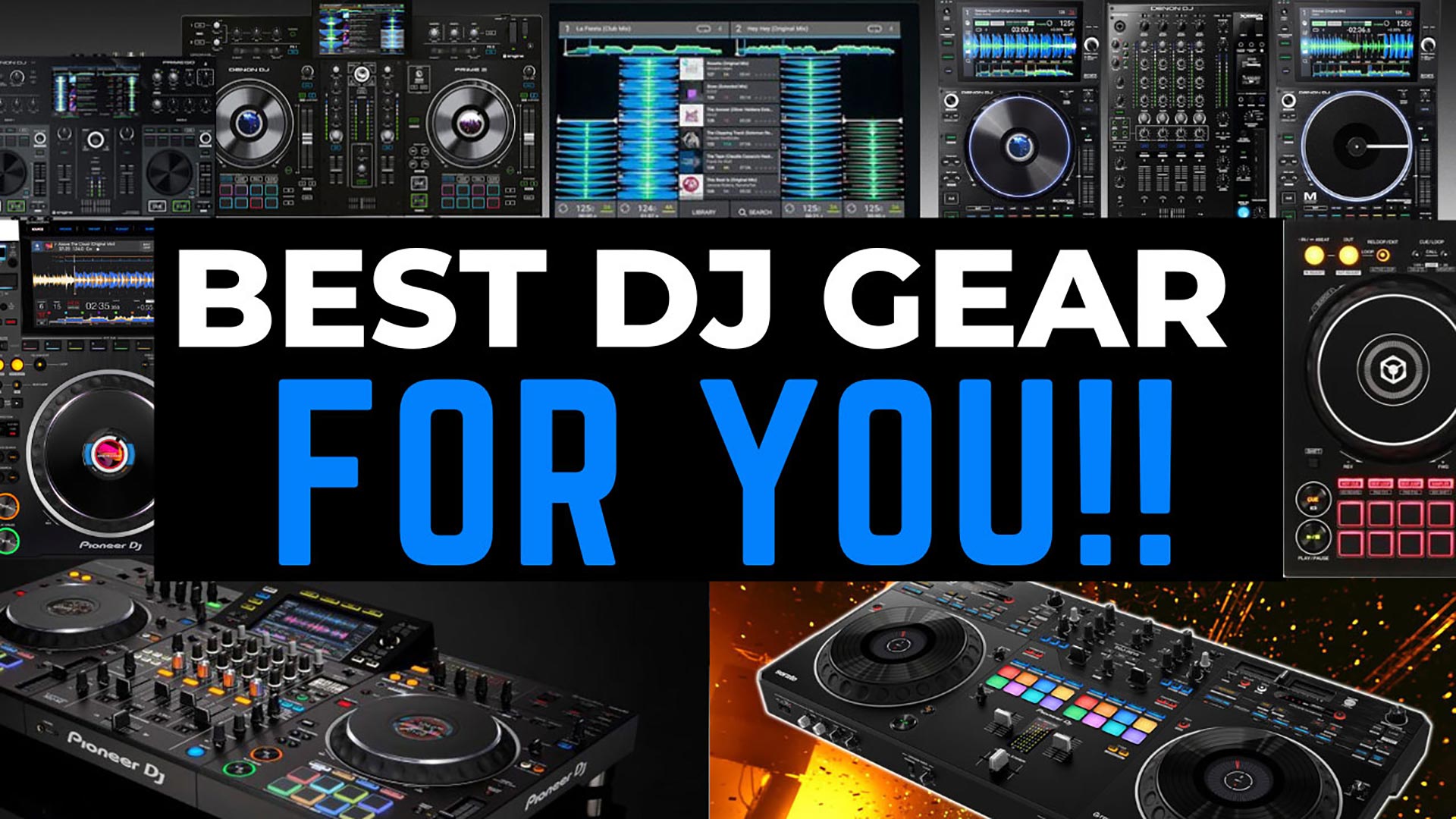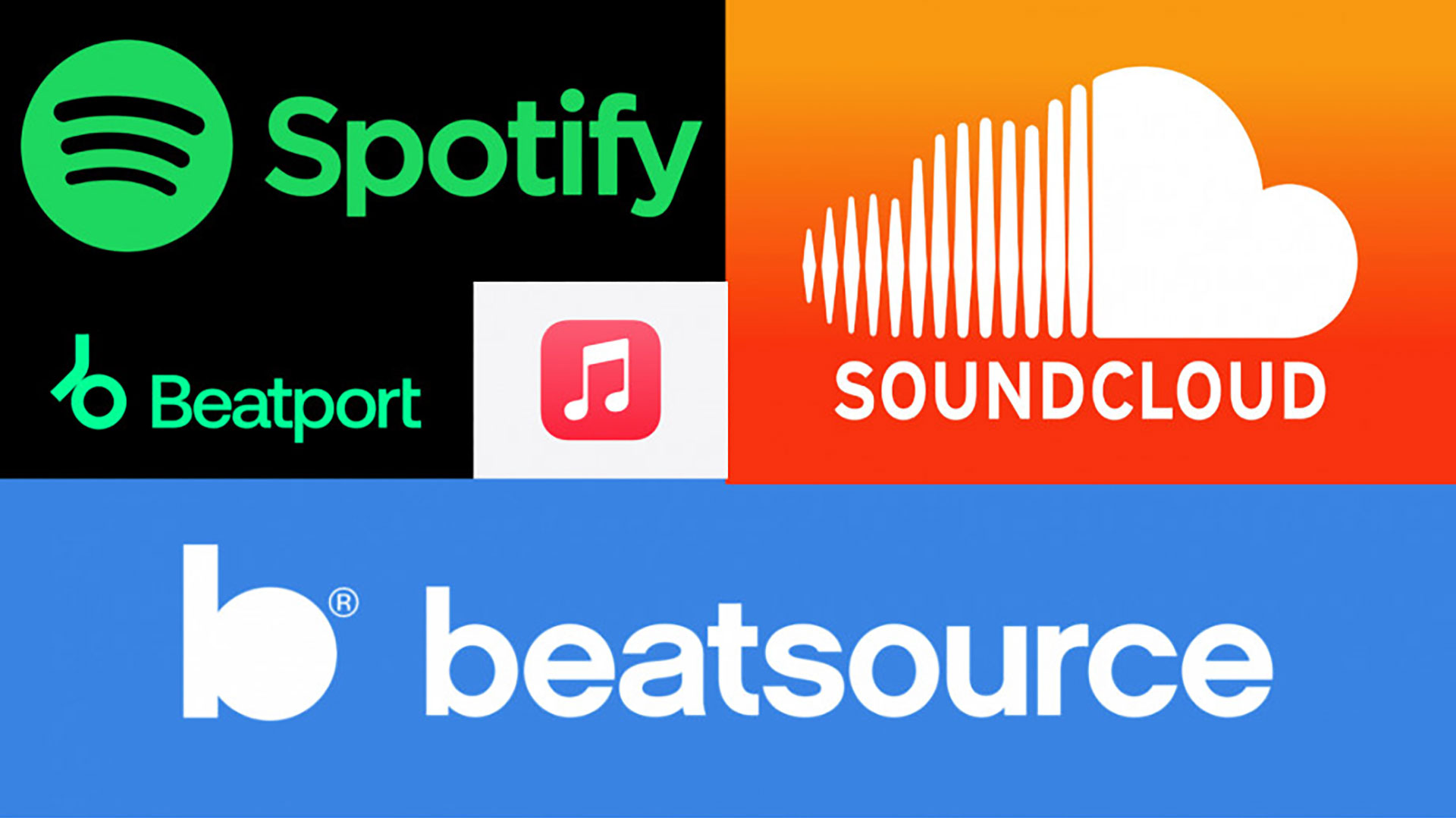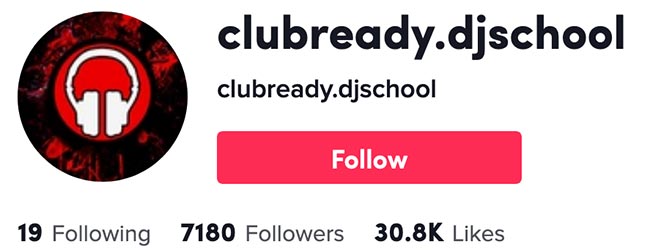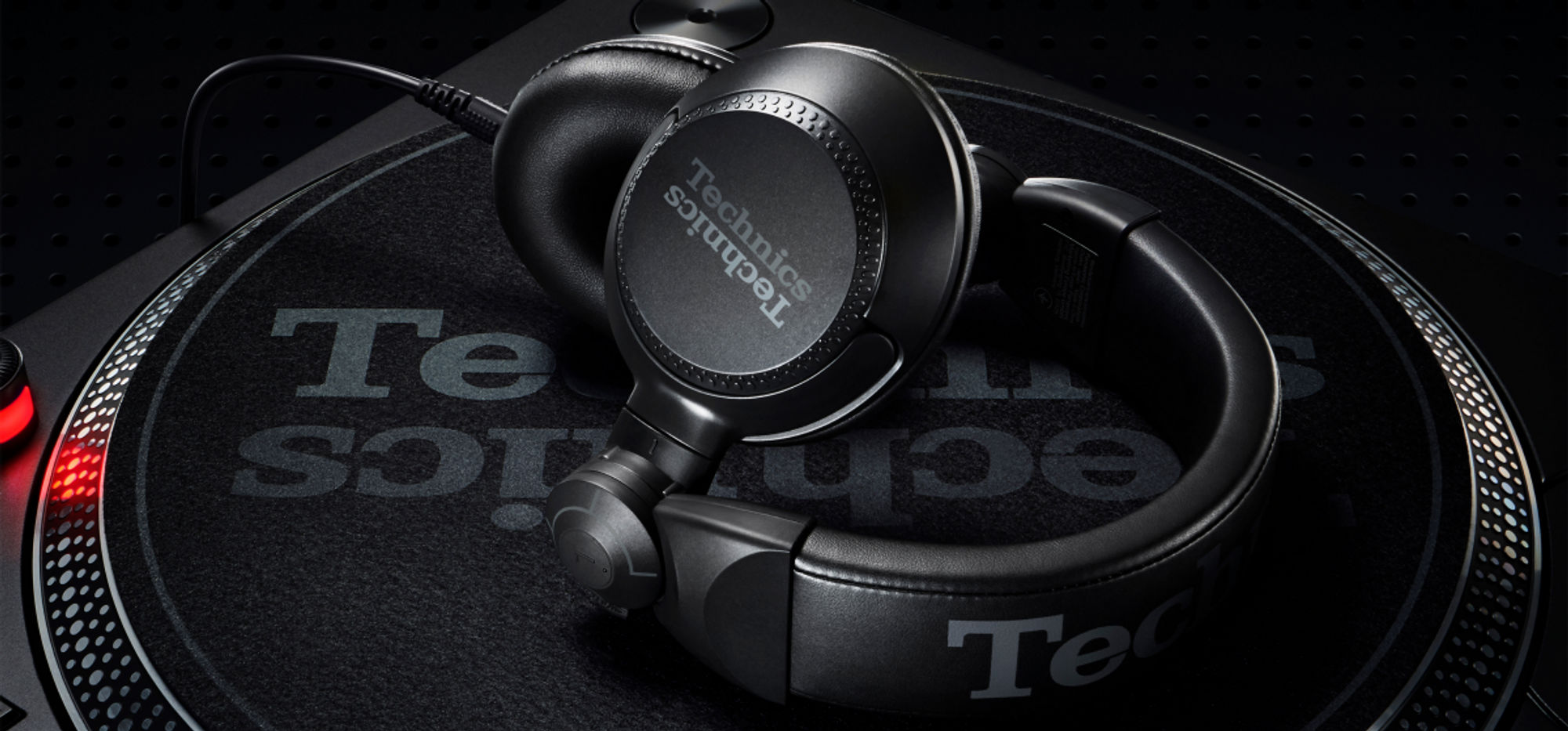
How to Choose the Perfect DJ Headphones
By: Rob Steep
With such a bewildering array of options available, shopping for DJ headphones can be a daunting experience if you don't know what you're looking for.
In this article, I'll be taking you through the main things to consider so that you can find the DJ headphones that are right for you.
Budget
The first thing to consider is how much you can afford to spend; are you looking for something super affordable just to get you started, or would you rather "buy once, cry once" and invest in something that will last you for the next 5-10 years?
Walking into a shop with 20 options hanging on the wall won't feel as daunting if you can immediately exclude anything outside of your price bracket. Not only that, but it'll make it easier for the sales assistant to help you.
What Makes Headphones Suitable for DJing?
DJ headphones serve as our personal reference monitors in the noise and chaos of the club. They need to be built tough, sound great and go loud enough to be heard over a booming sound system.
Whether you're shopping for a new pair, or wondering if what you already have will do the job, a good set of headphones should excel in these four areas:
- Comfort and Adaptability: Comfortable enough to wear for hours at a time in a variety of positions.
- DJ-Friendly Sound Profile: Produce punchy bass and clear highs without sounding harsh or distorted at high volume.
- Background Noise Isolation: Block out external noises so you don't have to crank them up too loud.
- Durable Construction: Built with quality components and durable enough to withstand heavy handling and repetitive movements without falling apart.
Comfort and Adaptability

Whether it's searching for tunes, prepping playlists, or performing, you're going to spend a lot of time wearing headphones during your DJ career, so comfort is key!
Your preferred monitoring style should factor into your decision-making process when trying things on. Don't just base your decision on what they feel like on both ears at once. Test out ALL the ways you might wear them as some models are more adaptable to certain positions than others.
Both Ears On:
- Are the ear pads comfortable? Any pressure points?
- Do you wear glasses? Put them on and see how it feels
- How is the headband tension? Could you handle that for hours at a time?
One Ear On, One Ear Off:
- Do they still feel secure?
- Can you rock out a bit without them falling off?
- Does the ear cup stay firmly pressed against your ear?
Around Your Neck:
- Does it feel comfortable or like you're being strangled?
- If the ear cups are large, can they rotate to lay flat and out of the way?
- Is it easy to have a quick listen without putting them on your head?
Changing Positions:
- Is it easy to put them on and switch between different positions without any hassle?
- If you have long hair or a beard, can you put the headphones on and off without getting snagged?
DJ Friendly Sound Profile
While you're trying the headphones on, listen to some familiar music on your phone to see how each model sounds and think about what you'll need to listen to while DJing.
Don't forget an adaptor if your phone doesn't have a headphone jack!
The kick and hi-hats are the most important things we need to hear clearly, but Drum & Bass and Breaks DJs might prefer to go off the snares instead. The melodic elements aren't as useful to mix with, so DJ headphones are often tuned to boost the low freqs and dip the mids to make the kick and hats stand out, without creating harsh or fatiguing sounds at higher volumes.
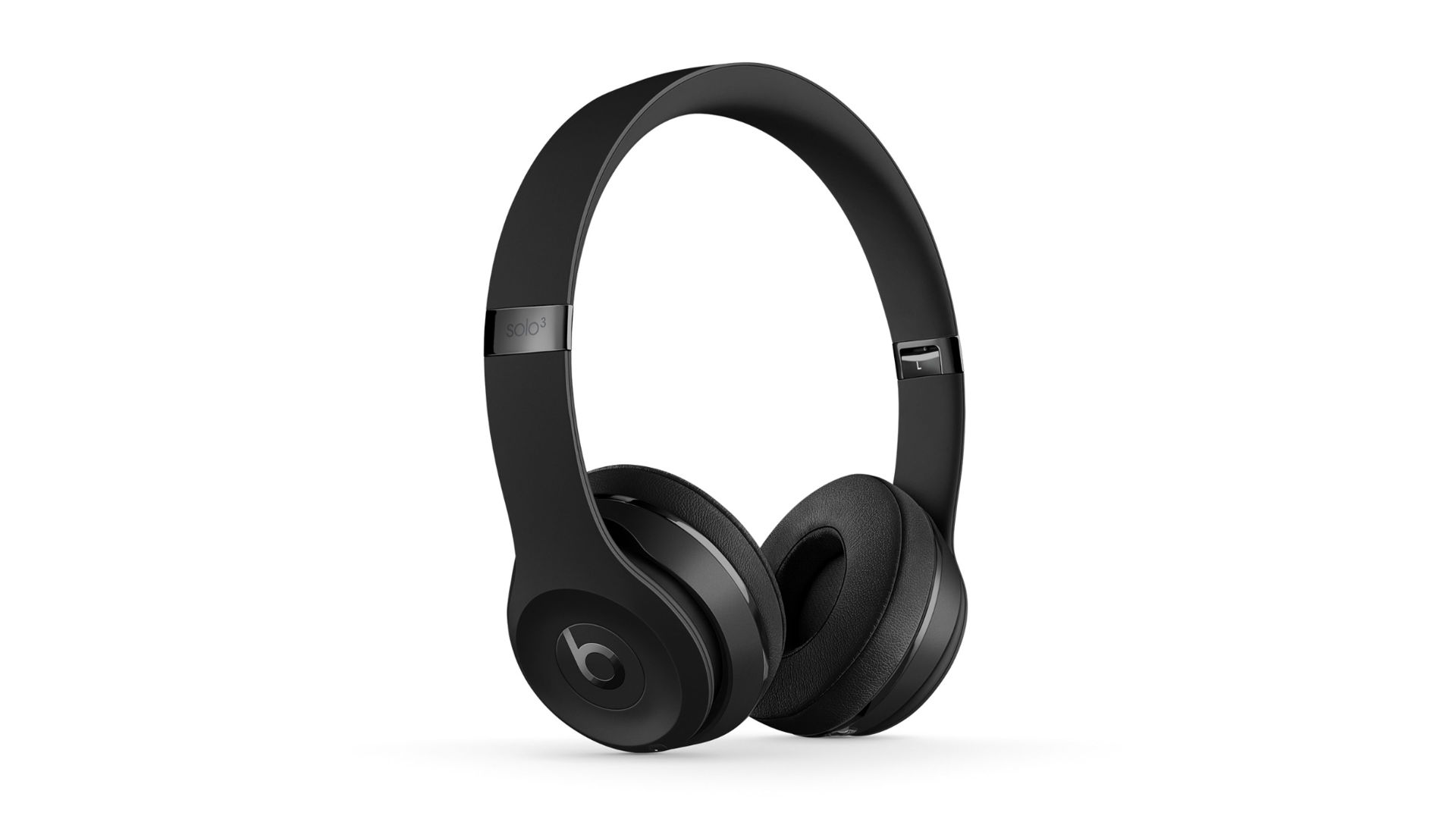
Beats headphones are well-known for having bass-heavy, yet muddy-sounding audio. There are better choices out there for DJ use.
Studio headphones have a flat frequency response that produces clear and accurate audio without any shaping or colouration of the sound. They're designed to uncover any flaws in the original to help audio professionals achieve a balanced mix that sounds good on any device.
The limitations of studio headphones can start to show in a loud club as the flat response and lack of pronounced bass make it harder to hear the kick without cranking up the volume to compensate.
They'll still do the job just fine, but DJ headphones are tuned to help you hear what's happening at a comparatively lower volume, which your ears will thank you for.
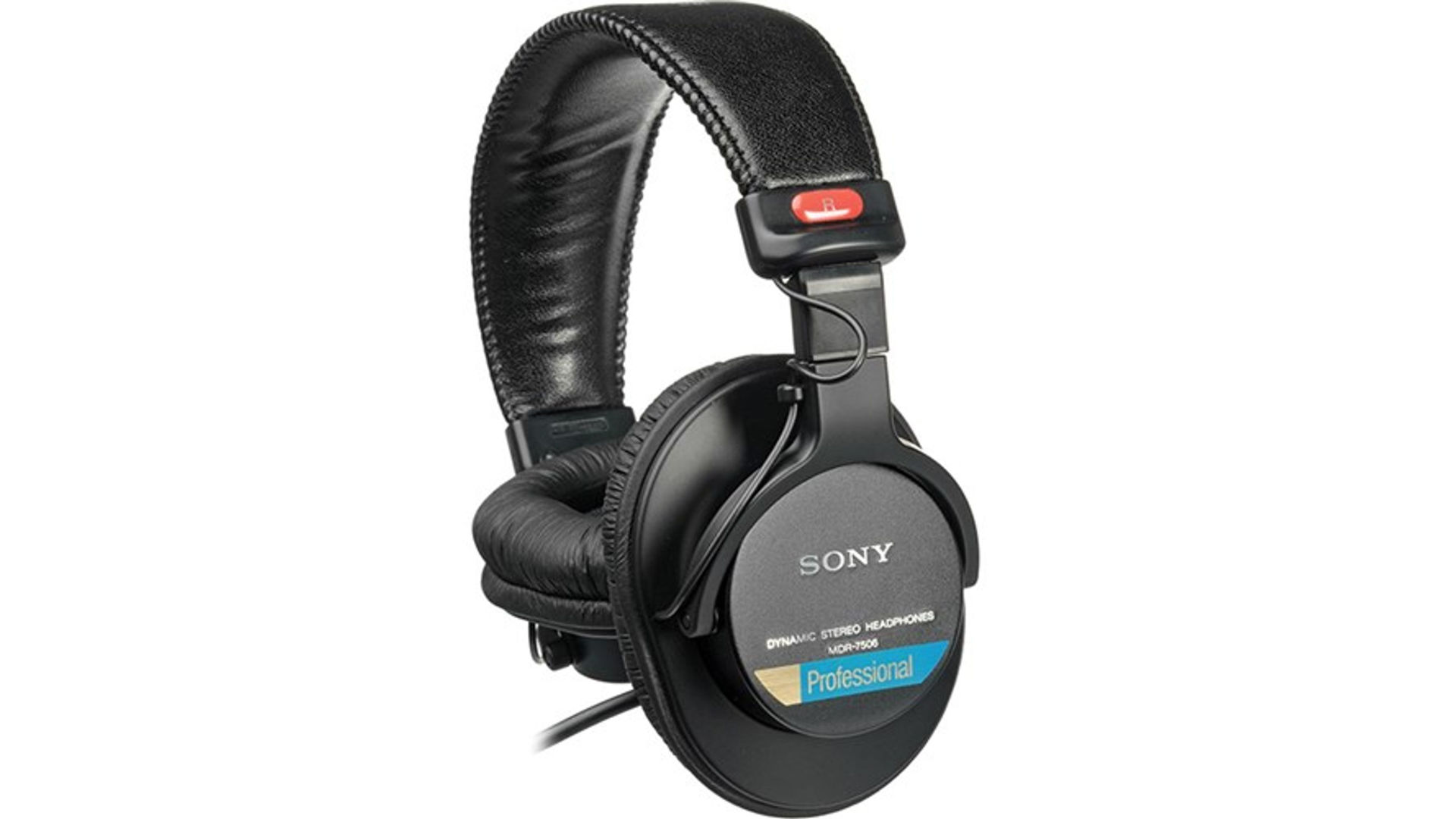
Despite being designed for studio monitoring, the Sony MDR-7506 has been hugely popular with DJs for over 20 years.
Background Noise Isolation
When playing out, you'll have to deal with the sound of the PA, the booth monitors, and the crowd, so your headphones should block out enough of the noise to let you hear what's going on with the volume set at a reasonable level.
The open-backed designs favoured by audiophiles sound amazing when kicking back at home, but they lack any level of noise isolation which makes them a definite no-go for DJ use.
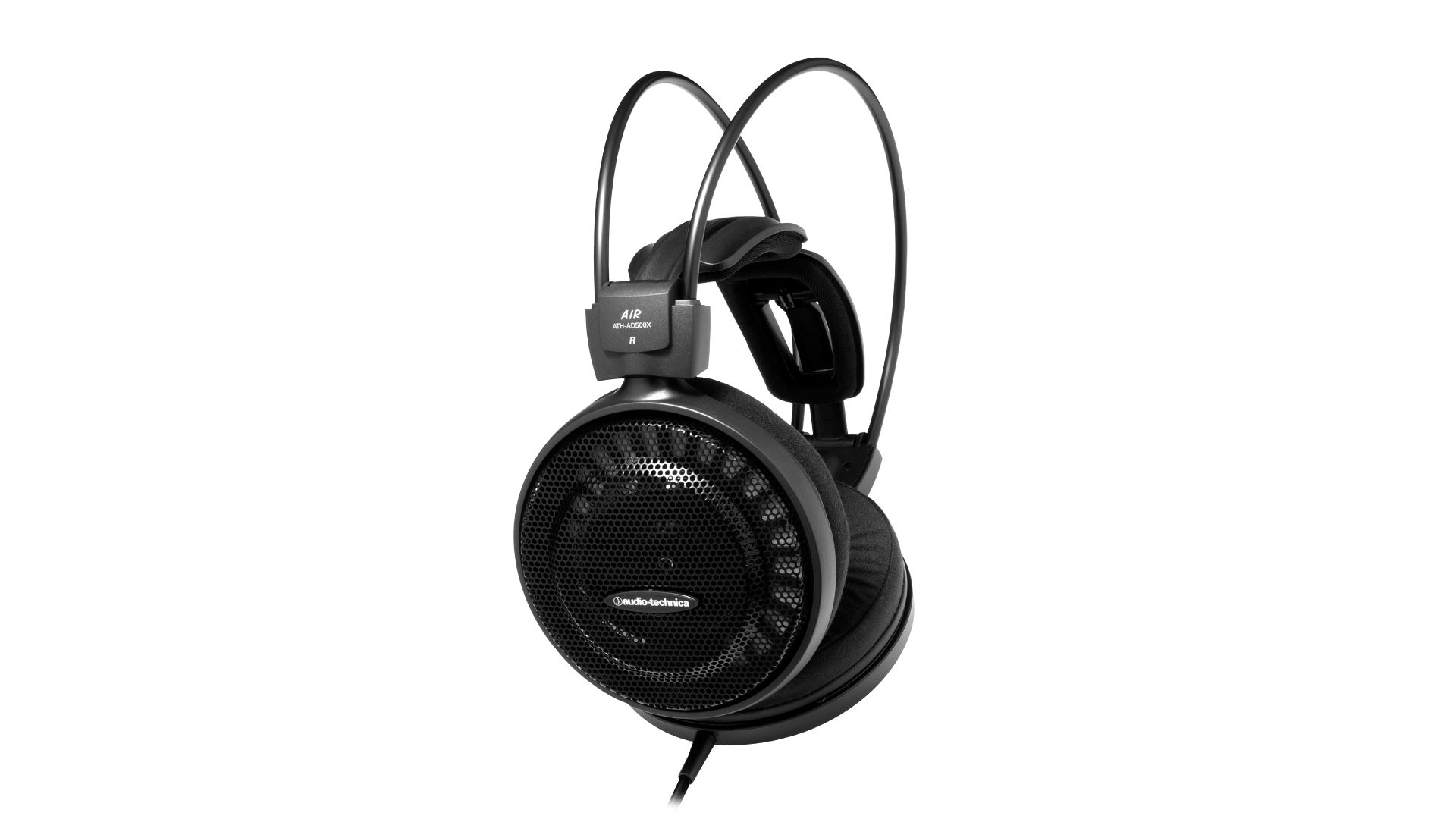
Open-back headphones produce an airy and spacious sound that audiophiles love, but they do not provide any form of background noise isolation.
Ear Cup Type
For DJ use, the three types of headphones you're likely to consider will be either over-ear, on-ear, or in-ear monitors. Everyone will have a preference depending on the shape of their head, the size of their ears, their listening environment, and their monitoring style, but on-ear models tend to be lighter and more compact.
Over-Ear Headphones
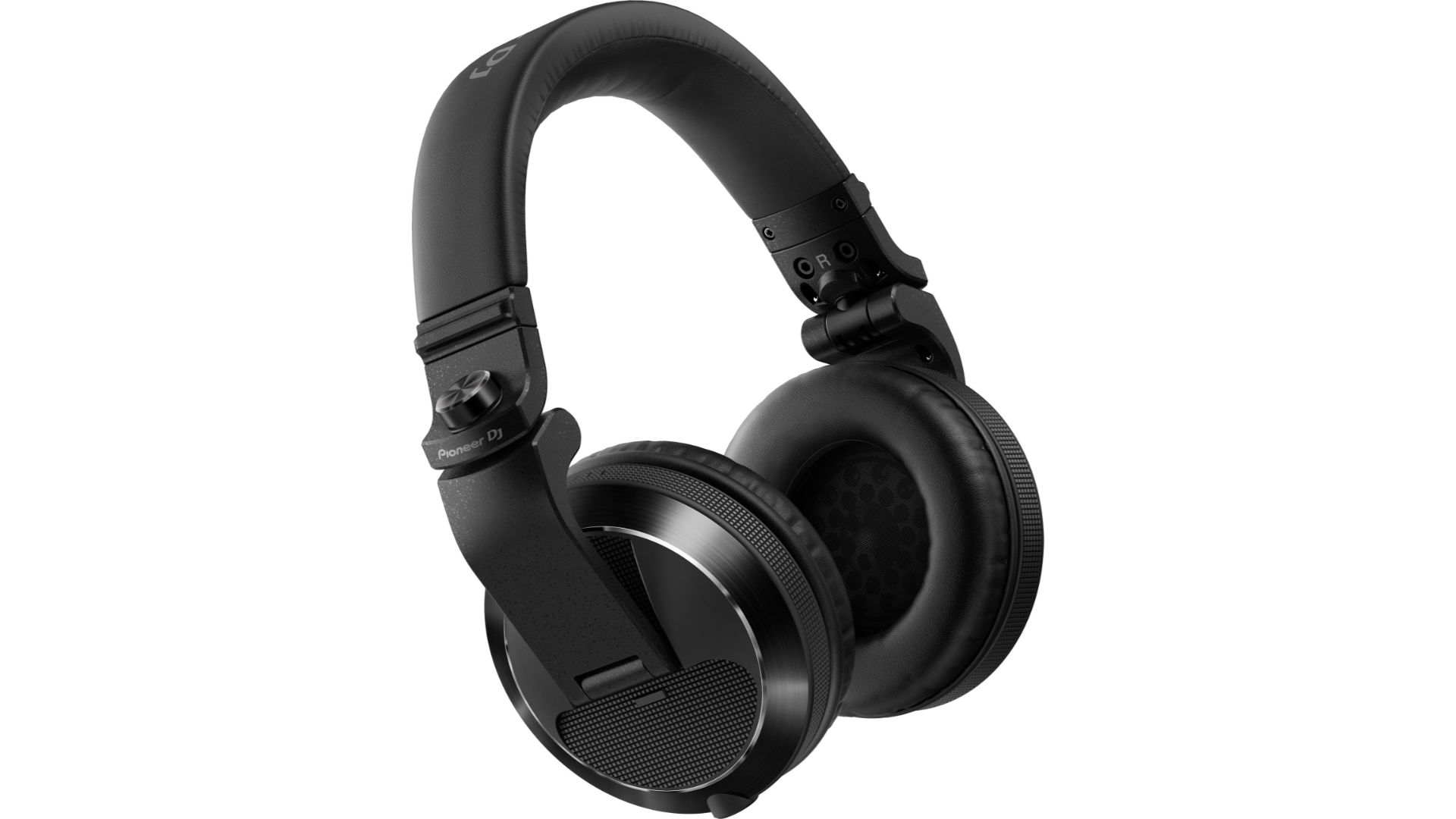
Over-Ear models feature large cups that sit around the wearer's ears to create an enclosed space for the ears. This design helps to isolate background noise and minimises the pressure placed on the ears. They're normally comfortable enough to wear for long periods and a good choice for people with glasses.
The downside is that having your ears encased makes them hot and steamy in some conditions, and the large cups can feel a bit chunky when sitting around your neck or on top of your head.
On-Ear Headphones
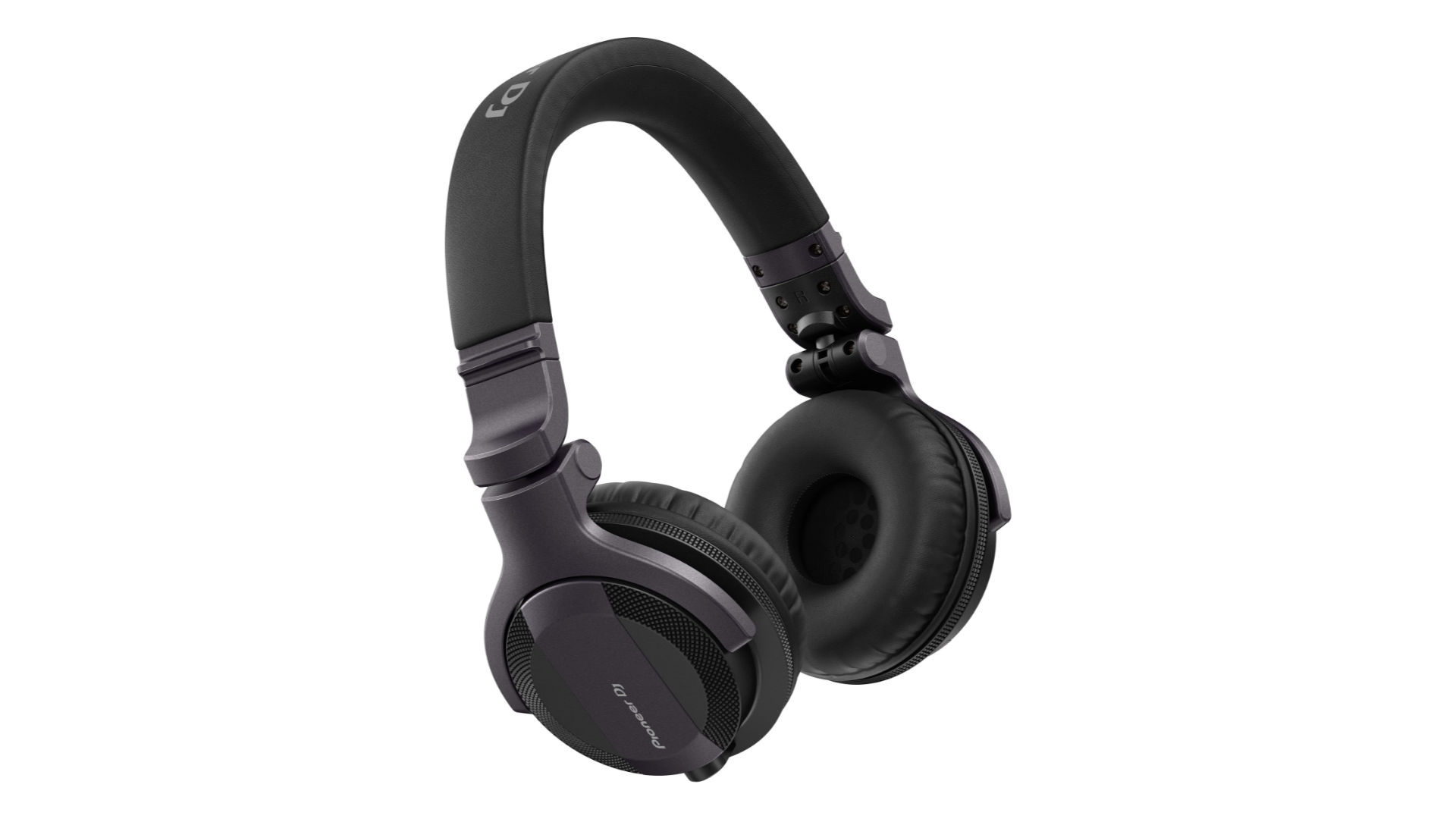
On-Ear models feature smaller ear cups that sit partially or fully on the ears. On-ear models don't isolate background noises as quite as effectively as most over-ear models, but they tend to be lighter and more compact.
On-Ears rely on clamping force to keep them in place which places pressure directly on the wearer's ears. Comfort can be an issue during long sessions, especially if you wear glasses.
In-Ear Monitors
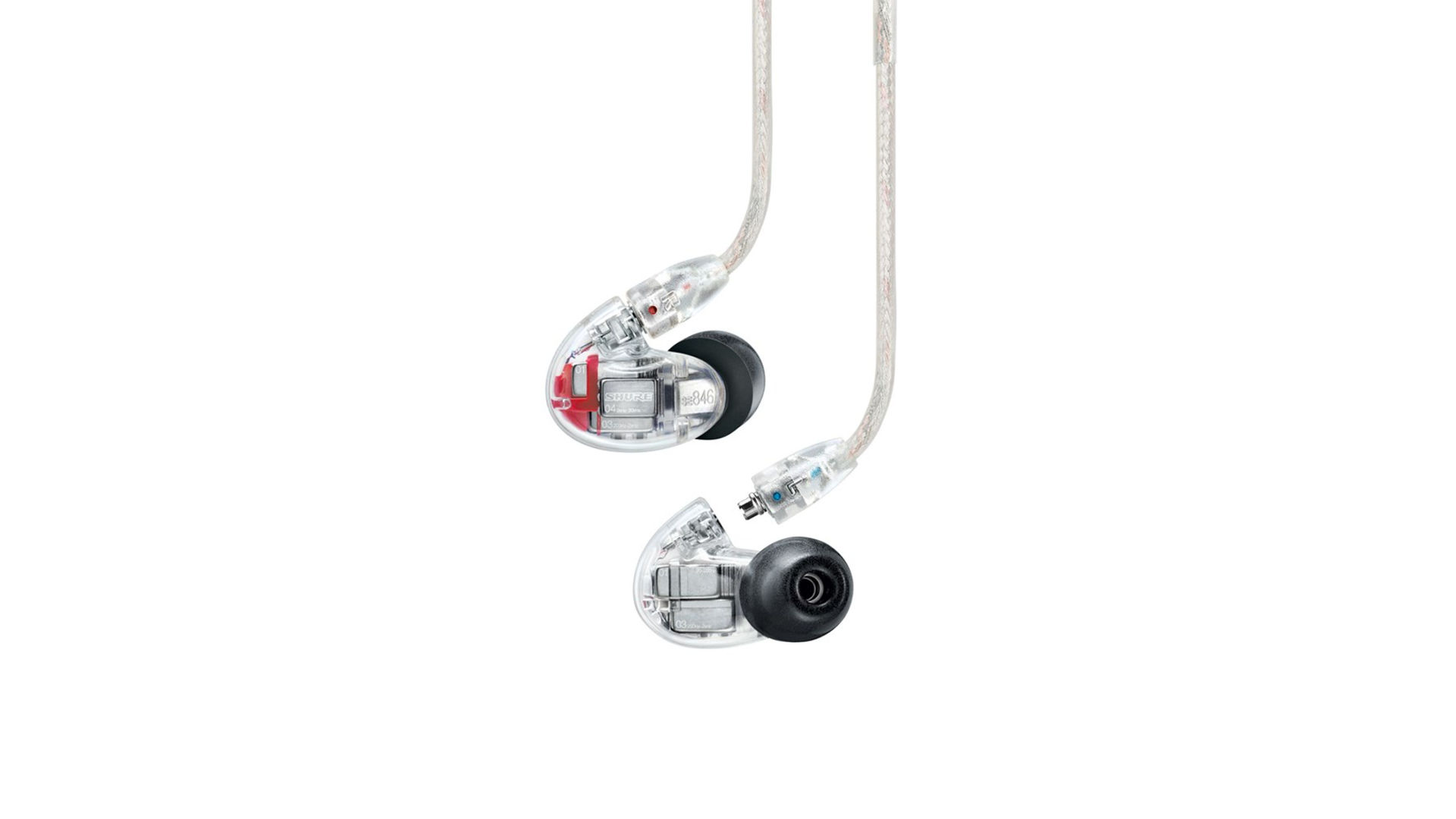
In-Ear monitors are like earplugs and headphones in one that sit fully inside your ears. They provide excellent background noise isolation and inject the sound directly into your head. You can set your levels exactly how you want them and hear high-quality audio, no matter what the sound system is like.
They take a bit of time to insert correctly and you will need to know how to mix in your headphones to use them properly.
Articulation and Positioning:
During a DJ set your headphones are likely to spend time perched on the top of your head, hanging around your neck, and taken on off multiple times. They need to be versatile enough to perform in a range of positions without feeling precarious or falling off.
Flex:
Headphones without any articulating parts rely on the flex of the headband to cater to different monitoring styles. An advantage of this approach is the reduced risk of moving parts breaking during use, but the headband needs to be made out of a material that can withstand being repeatedly flexed and twisted without breaking.
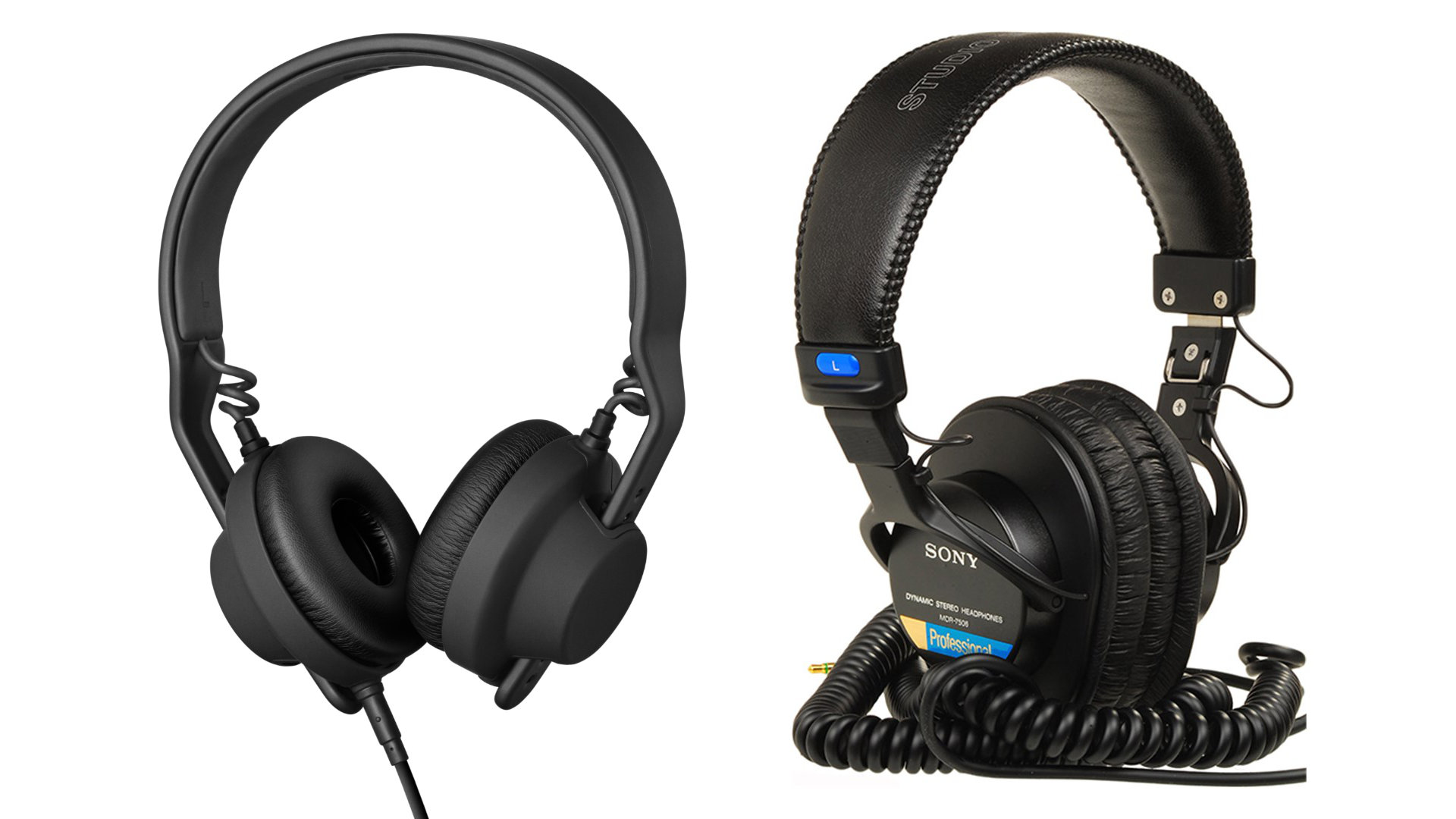
Rotation:
Allowing the earcups to rotate ensures that they always sit flush, no matter how you have them positioned on your head. This design also allows them to lay flat when hanging around your neck, which is handy on models with large ear cups that would feel far too chunky otherwise.
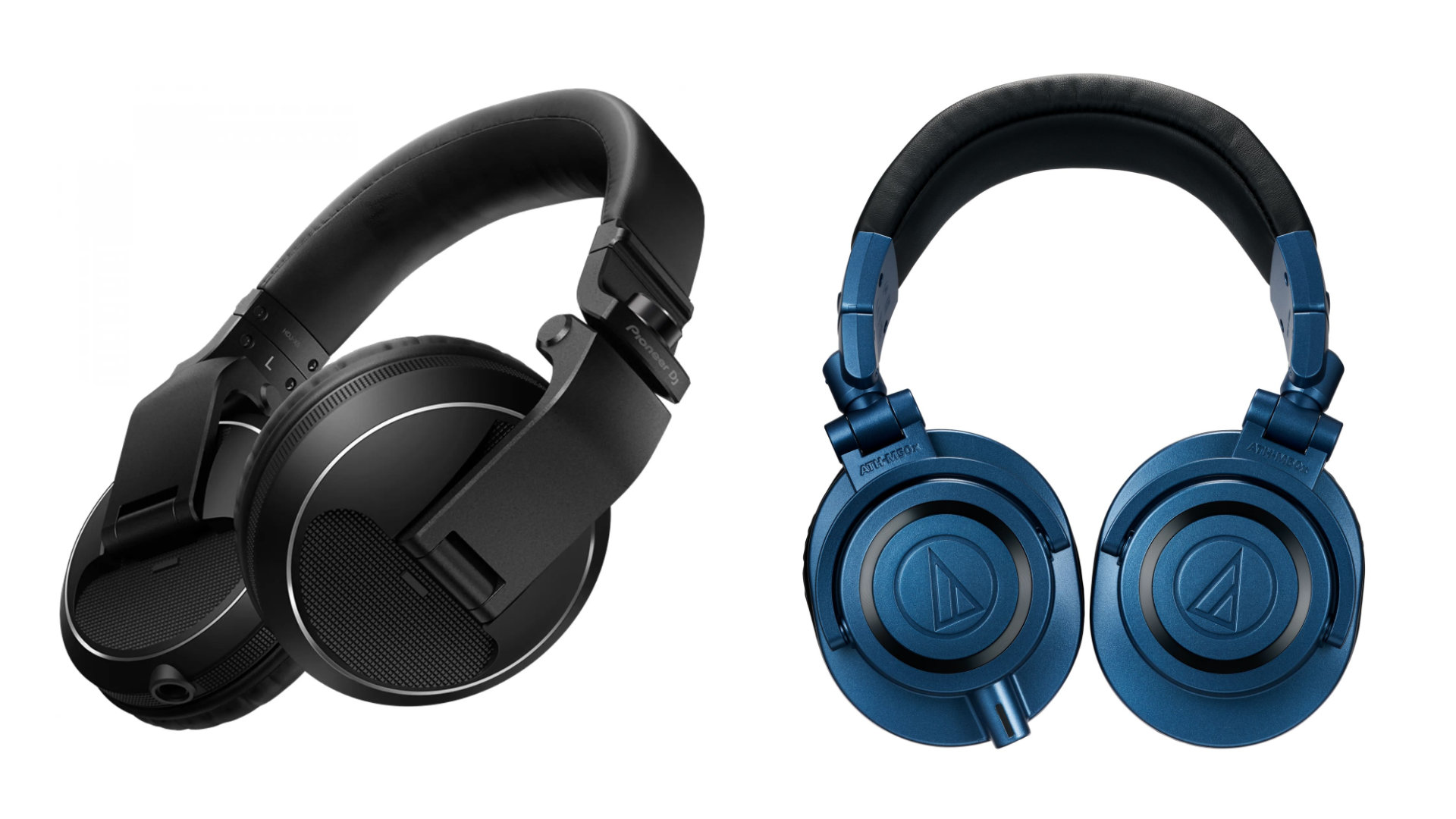
Pivot:
Having the ability to pivot the earcups allows for versatile positioning and keeps the headphones stable and locked onto your head, regardless of whether you're monitoring with one ear or two.
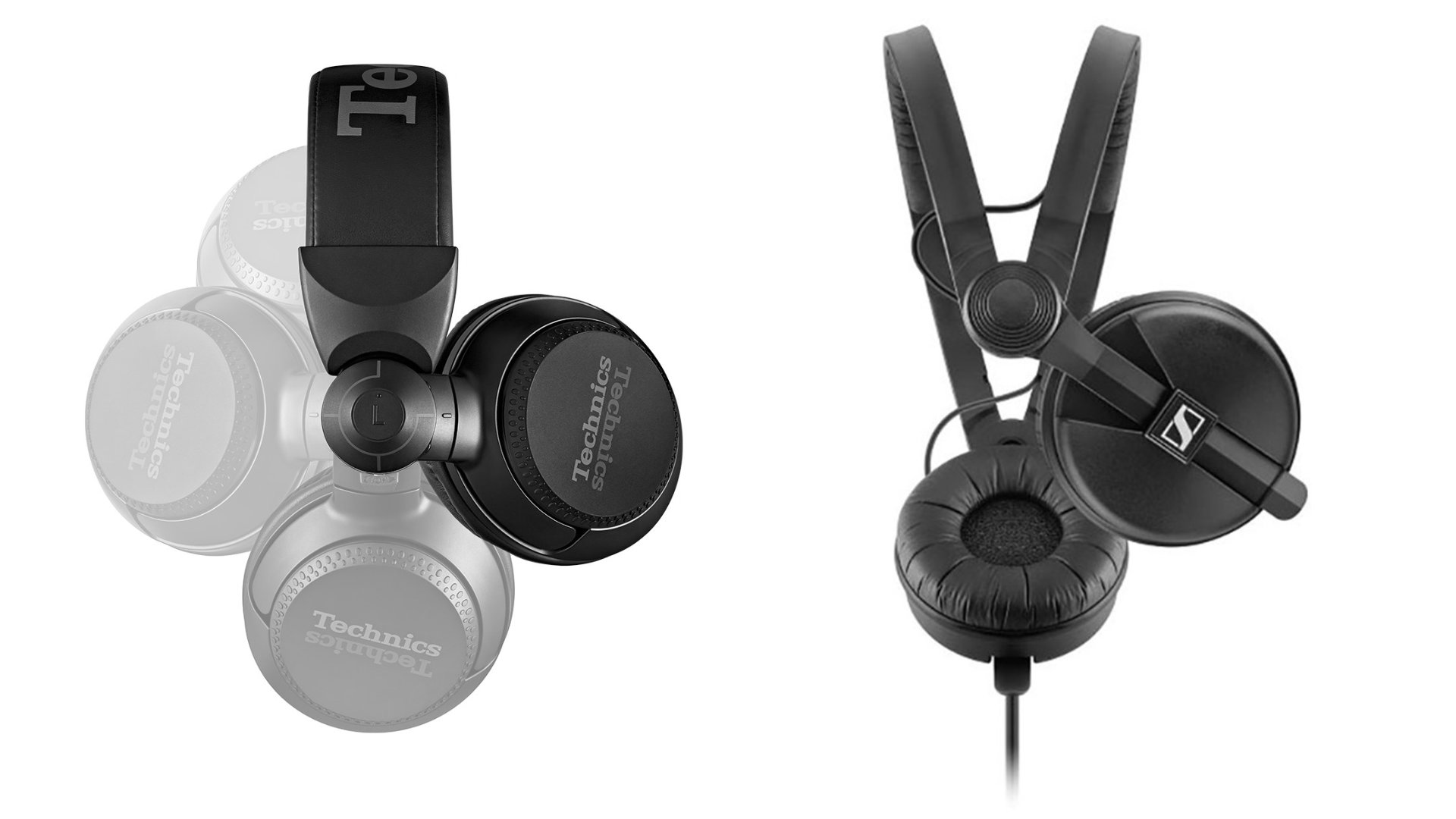
Durable Construction:
DJ headphones are a tool that has to withstand a lot of punishment in the line of duty. They should be able to deal with a bit of heavy handling, repetitive movements, getting stuffed into bags and sweated all over without falling apart too quickly.
You tend to get what you pay for in this area, so stick to reputable brands and consider options that are rebuildable or have spare parts easily available.
Cables:
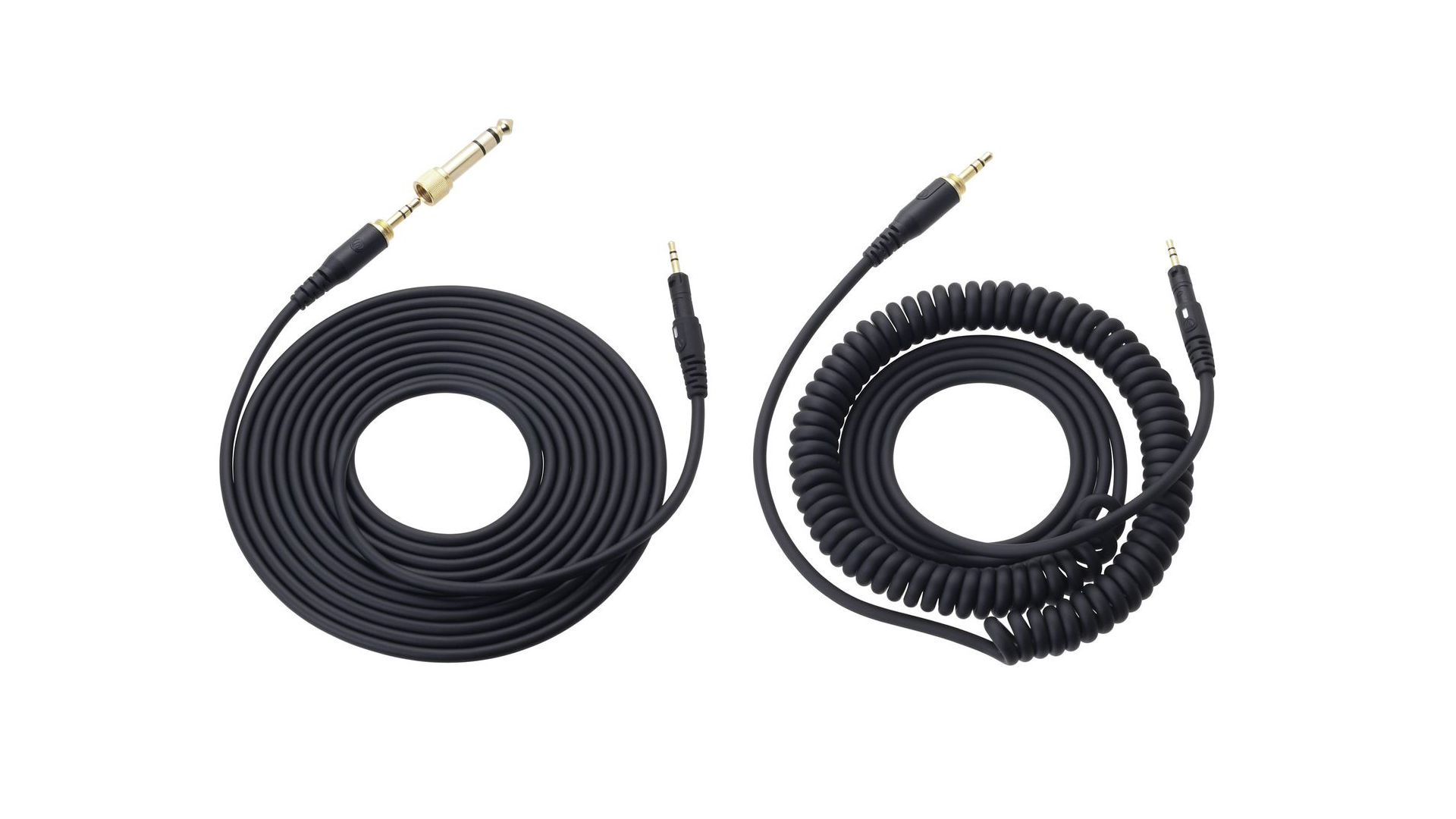
I'm sure we've all had to throw away a set of otherwise perfectly usable headphones after the dog chewed on them or we tripped over the cable one too many times. The good news is that most modern DJ headphones have replaceable cables, so damaging it isn't the death sentence that it used to be. Some even come with both a coiled and a straight cable in the box which is a nice touch.
Cables can come in two different styles:
- Straight: Straight cables are nice and light but can be more prone to tangles than coiled options.
- Coiled: Coiled cables stretch out to give you more freedom of movement than a straight cable with a similar visual length. They are heavier and the weight of the cable can drag the headphones off the table if you're not careful.
Plugs:
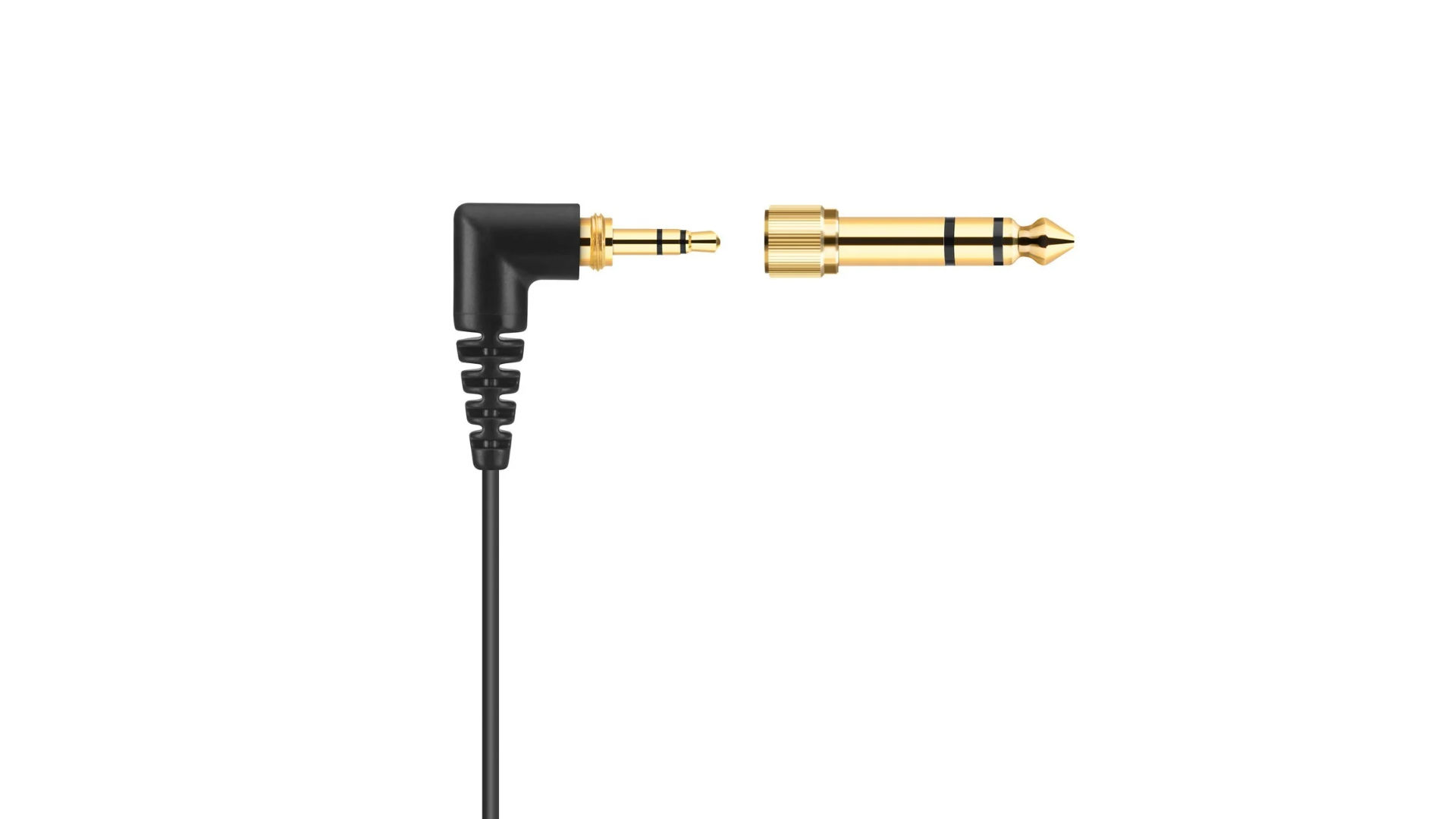
Headphones come with either a straight or 90-degree plug. The 90-degree plugs are preferable for stand-alone mixers or any controller with the headphone jack on the upper surface. Straight plugs stick up higher in the air, making them more prone to being knocked while you work the controls.
As well as being more compact, 90-degree plugs are also less likely to become damaged if you walk off with your headphones on, or trip over the cable.
Straight plugs are less of an issue if the headphone jack is on the front of the hardware, but a 90-degree plug is still better.
Replaceable Parts/Spares:
Most models allow for at least the cables and ear pads to be swapped out as they wear, or even to customise the colour in some cases. The Sennheiser HD25 and the AIAI TMA-2 have the advantage of being totally rebuildable, with spare parts available all over the world. You'll be able to keep them running for years regardless of what hell you put them through.
The Sony MDR-7506 loses some marks here as the cable is hard-wired in and can't be replaced, but they seem to be built well enough that it's not an issue for most people.
Some Options Worth Considering:
This is by no means an exhaustive list and there are plenty more solid options to choose from, but here are models that I have personal experience with that you might want to consider.
Technics EAH-DJ1200:
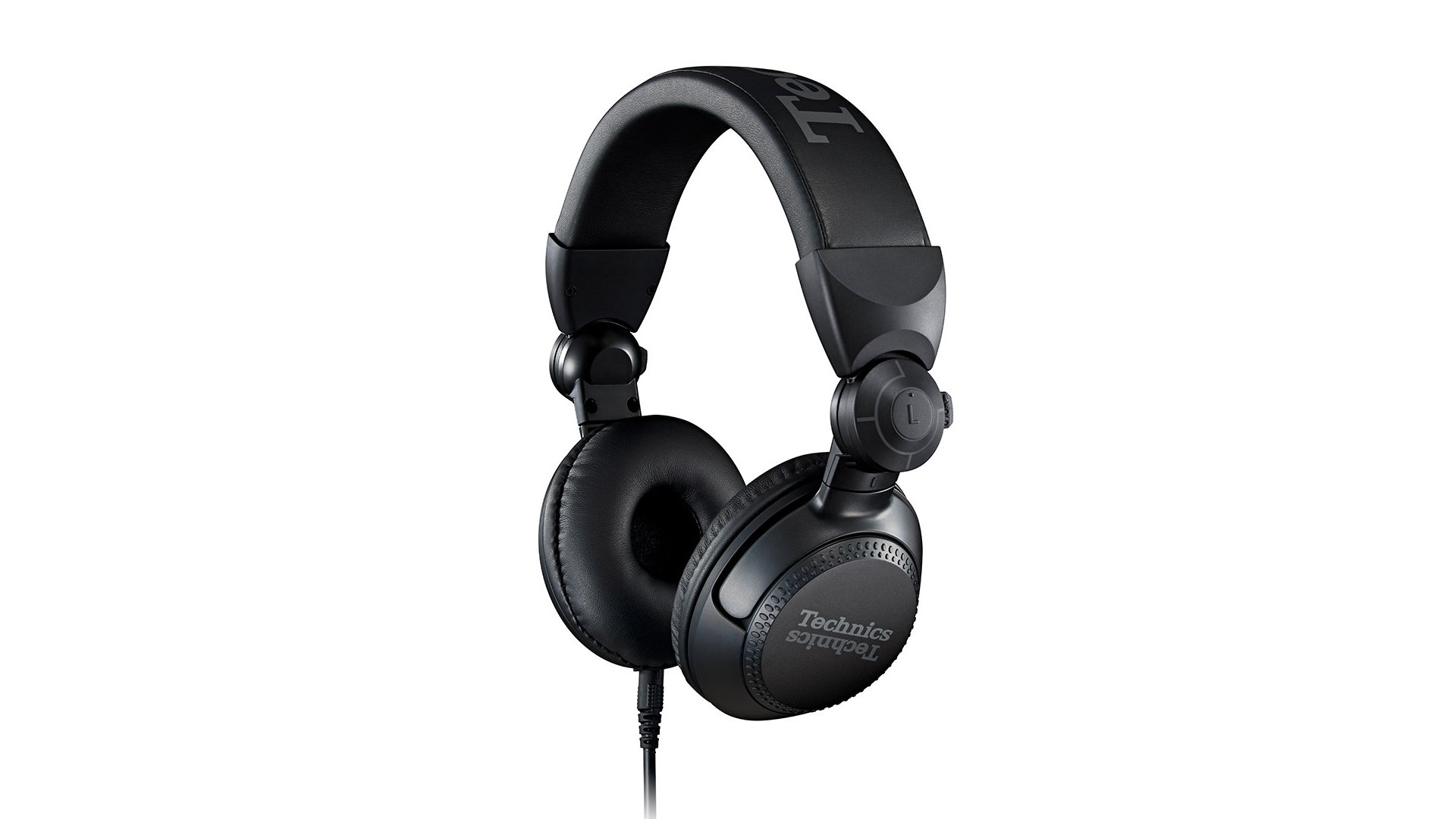
The Technics EAH-DJ1200 is the successor to the popular RP-DJ1200, which was originally launched way back in 1996.
With an over-the-ear design, the DJ1200s are known for their comfort, clear punchy sound, and the multitude of positioning options on offer thanks to the 270-degree swivel mechanism. They lock onto your head nicely for one-ear monitoring and both ear cups fold into the headband to save space during transport.
The new models have improved upon the audio of the originals (which was admittedly a touch too bassy), and the headphone cord is now detachable with both a straight and a coiled cable included as standard accessories.
Pros: Lightweight, comfortable, good noise isolation, clear punchy sound optimised for DJs, detachable cord, 270-degree swivel mechanism.
Cons: They are a bit on the pricy side, and the on-ear design isn't ideal for use with glasses.
Who's it for? These headphones are a great choice for DJs playing out on loud sound systems due to their excellent noise isolation, clear punchy sound, and flexible positioning options.
Sony MDR-7506:
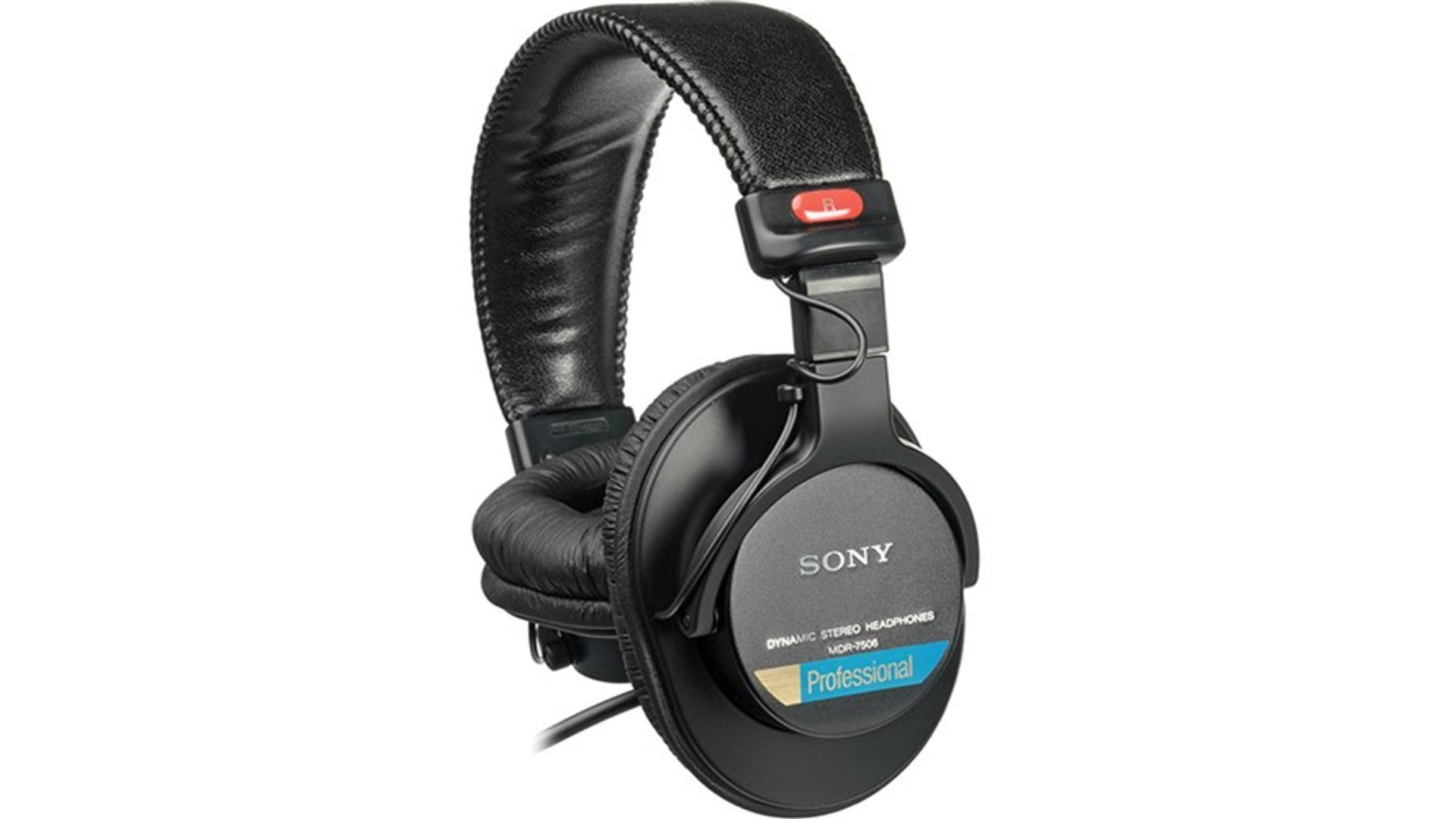
The Sony MDR-7506 has been a DJ favourite since the early days of the Chicago house scene, and more than 20 years later they are still the choice of A-list DJs such as Lee Burridge, Sasha, Danny Howells, and Derrick Carter. With a lightweight over-the-ear design, they are known for their outstanding sound quality, comfort, and affordable pricing.
The MDRs are flat response studio monitoring headphones that produce clean and accurate audio without any colouration. If you take a close look at professional camera crews on location or during a live broadcast, there is a good chance they'll be wearing a set of these headphones.
While they are undoubtedly a great choice for DJing, you might need to crank the volume higher in noisy settings than you would with a set of dedicated DJ cans.
Pros: Lightweight, comfortable enough to wear for hours (even with glasses), clear and accurate sound, affordable price point, great for recording, production, video, and DJ use.
Cons: The coiled cord is non-replaceable and a little on the long side, non-articulating ear cups can feel funny during one-ear monitoring, the straight plug is not ideal for some mixers, and the flat sound profile can make them sound harsh at high volumes.
Who's it for? These are great all-rounders that will serve you well in a multitude of settings, whether you're DJing, producing, recording, filming, or just watching movies on your laptop. The flat response and spacious sound make them particularly well-suited to mixing in your headphones.
They are my go-to when performing my weekly sets on Club Ready Radio where I generally prefer to mix in my headphones, but when playing out I reach for the Technics DJ1200s as I think they sound better in a loud environment.
Sennheiser HD25:
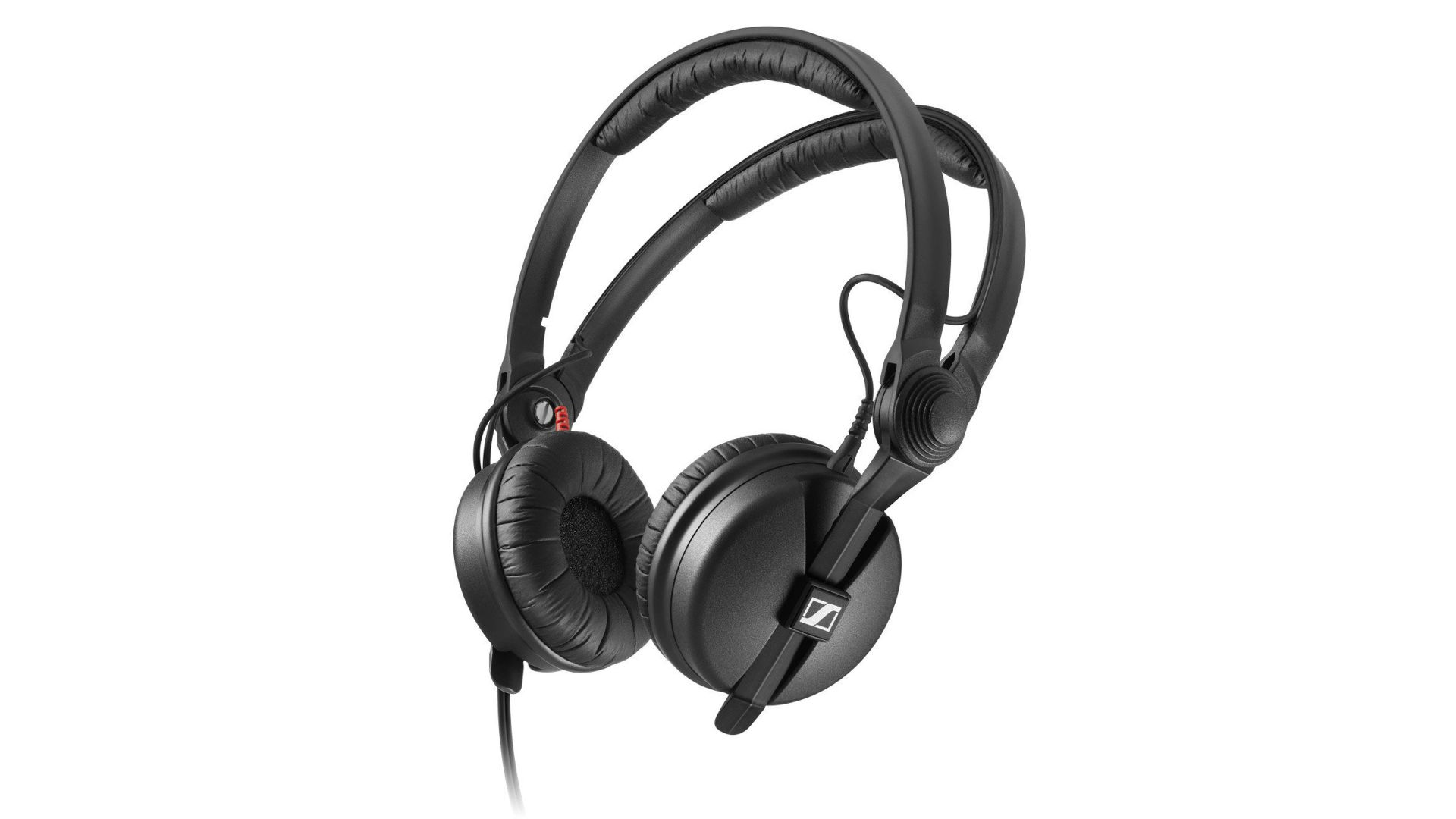
The Sennheiser HD25s are super lightweight on-ear headphones with a minimalistic feel. The sound quality is top-notch and DJ-friendly, and they are totally rebuildable, with spare parts easy to come by if you manage to break something.
The HD25s are without doubt the most popular DJ headphones on the market, and 3 out of 4 DJs will swear by them. However, the 4th will probably tell you that they hate them, so what's the go with that?
It all comes down to their level of comfort.
The ear cups are quite compact, with an on-ear design and a tight headband that presses them hard against your ears to create a noise-isolating seal. Most people aren't bothered at all by the way they feel, while others find them unbearably tight after a while.
You'll never know which camp you fall into until you try them out for yourself, which reinforces my earlier point of trying things out for yourself before committing to an online purchase.
Pros: Super lightweight, versatile positioning, DJ-friendly sound, good noise isolation, 90-degree plug, totally rebuildable with easy access to spares.
Cons: Comfort can be an issue for some users, the straight cable that comes as standard is prone to tangles.
Who's it for? These are the industry standard for DJ headphones that are designed to go the distance, they are a great option for one-ear monitoring and quick referencing, but comfort issues may not make them the best choice for performing with both ears on.
Pioneer HDJ-CUE1:
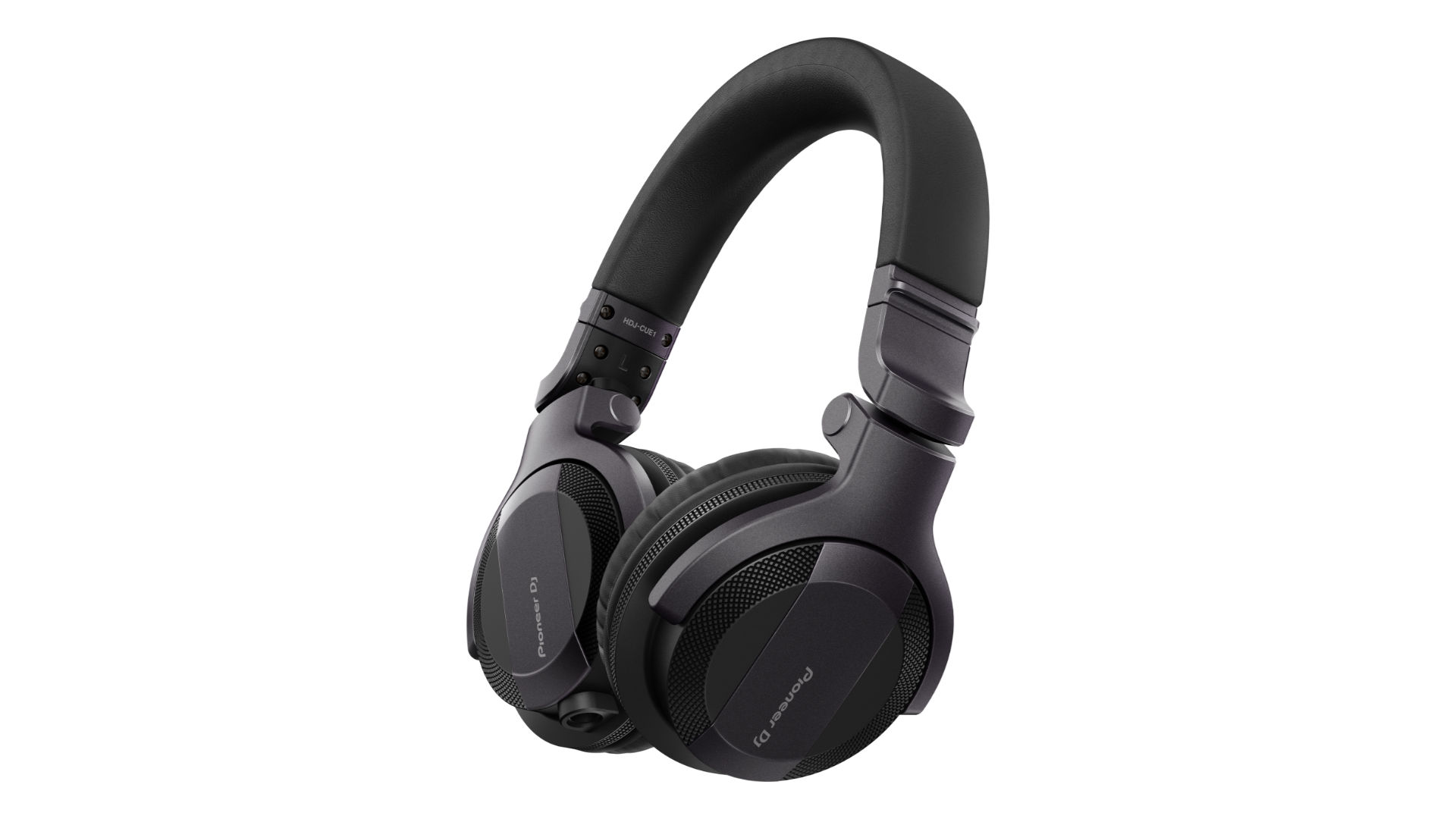
The HDJ-CUE1s are a great value entry-level option from Pioneer with all the features you'd expect from much more expensive offerings. These are on-ear headphones with excellent noise isolation, robust build quality, DJ-friendly sound, and colour customisation possible via replaceable ear pads and cable.
The ear cups are smaller than the over-the-ear types used on Pioneer's HDJX models, making them a good option if you're after something more compact than their other offerings.
The sound is quite bass-heavy and maybe lacks a little clarity in the upper mids and highs, but they handle high volumes without distorting or sounding harsh. They are definitely very usable for DJing and pleasant for general listening.
Pros: Very affordable price point, robust build, DJ-friendly sound, detachable cord, custom colour options available.
Cons: No soft case or 1/4? to 1/8? adaptor included, bass-heavy sound may underwhelm some audiophiles and professional chin strokers.
Who's it for? These are great for new DJs looking for a set of very capable headphones that won't explode your bank account. They are built well enough to survive multiple years of use, and the main consumable parts (ear pads & cable) can be replaced if they wear out, or you just want to spice them up with some fancy colours.
The audio drivers are the same as found in the larger Pioneer HDJX5 so you could always go with those if you like the sound and price point but prefer the feel of over-ear DJ headphones.
Summary:
Too long didn't read? Here are the key points in a nice bite-sized chunk.
- Buy the best headphones you can afford
- Test out multiple pairs for yourself before making a purchase
- Don't just listen, test how they feel in multiple positions
- Studio headphones are great, but you might have to blast your ears harder
- The HD25s are great...if they feel good on your head
RELATED POSTS
If you're anything like me, you've probably sat there scrolling endlessly through your music library wondering which two tracks might magically work together. You find a track you love and think, "This should mix well with that one..." but once you try it? Total mess. Either the keys clash, the energy doesn't match, or the drop just feels awkward. This was me - until I discovered Mixed In Key 11 Pro.
If you're a DJ and have a club show coming up and you're nervous about making the jump from controller to club gear and you want to be prepared for all eventualities in this video I'll give you 5 quick steps to trouble shoot the gear plus a mini checklist of little settings most people over look so if anything goes wrong you'll be able to handle it like a seasoned pro.
Choosing the most suitable DJ gear can feel like a daunting task, with the seemingly endless options from different brands with different softwares, it can become overwhelming. This buyer's guide has been written with the goal in mind to help narrow down this process for you and provide some direction, helping you make an informed decision on your next purchase. Regardless of your skill level, goals, or budget, there is something here for everyone.
I was against the idea of streaming initially, perhaps that's the part in my that is resistant to change, but recently for the benefit of my students I dived right into it and TBH streaming has a lot of advantages...
Not yet part of the Club Ready Tribe? Sign up to become a student today and join the strongest DJ community in the world!!
DRUM ROLL... GET THE COMPLETE PACKAGE
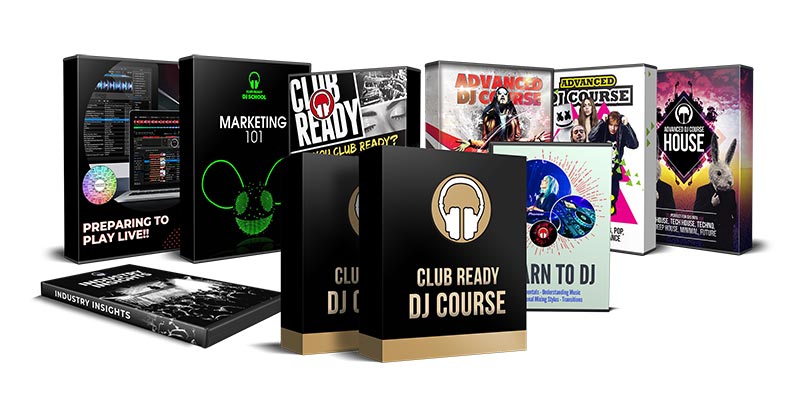
Buy all the courses and get over 60% off
For a limited time
CLUB READY DJ COURSE: Value: $295
ADVANCED PERFORMANCE PACK: Value: $395
CLUB PACK: Value: $195
ONE TIME BONUS VIDEOS: Value: $75
BONUS CONTROLLER TO CLUB MINI COURSE: Value: $95
FEEDBACK ON MIXES: Value: $45
MEMBER ACCESS TO CLUB READY TRIBE
DIRECT ACCESS TO ME
TOTAL VALUE: $1055
REGULAR PRICE: $1055
>> SALE PRICE: $175 - SUMMER SALE <<
YES! I WANT ALL THIS FOR ONLY $175And I want to be on time for the reduced price!

If you press the button and see the price went back to $1055 it means the promotion has ended and the program is back to its regular price.
This price is a ONE-TIME-ONLY payment and you get to keep the program FOR LIFE.

16 MINI DJ LESSONS FOR FREE!
Not sure where to start? In this mini series I answer many of the questions beginners have about learning to DJ.
CLUB READY DJ COURSE
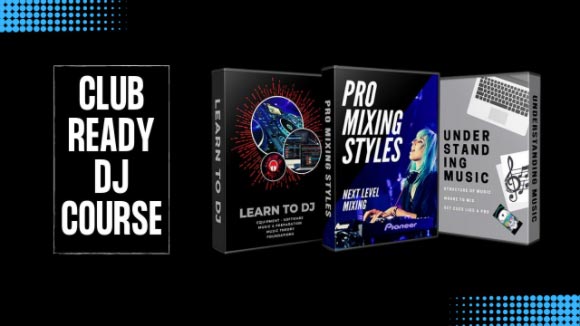 Usually
Usually ADVANCED PERFORMANCE PACK
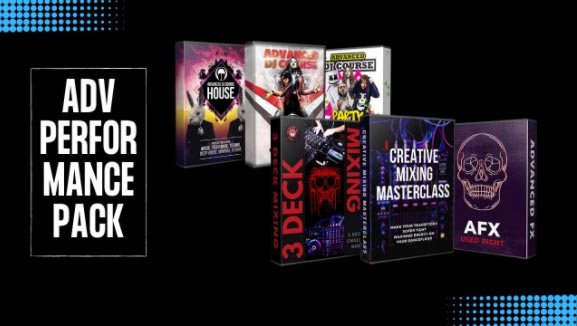 Usually
Usually CLUB PACK
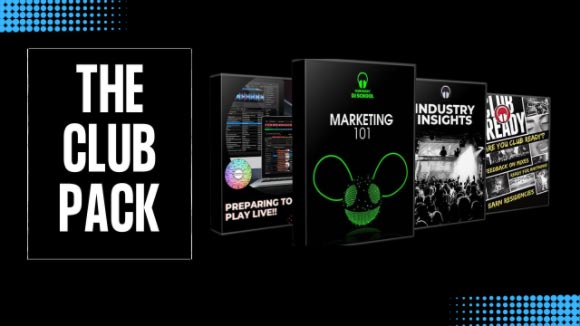 Usually
Usually THE COMPLETE PACKAGE
Get all of my courses for life!
 SALE PRICE:
SALE PRICE: 
